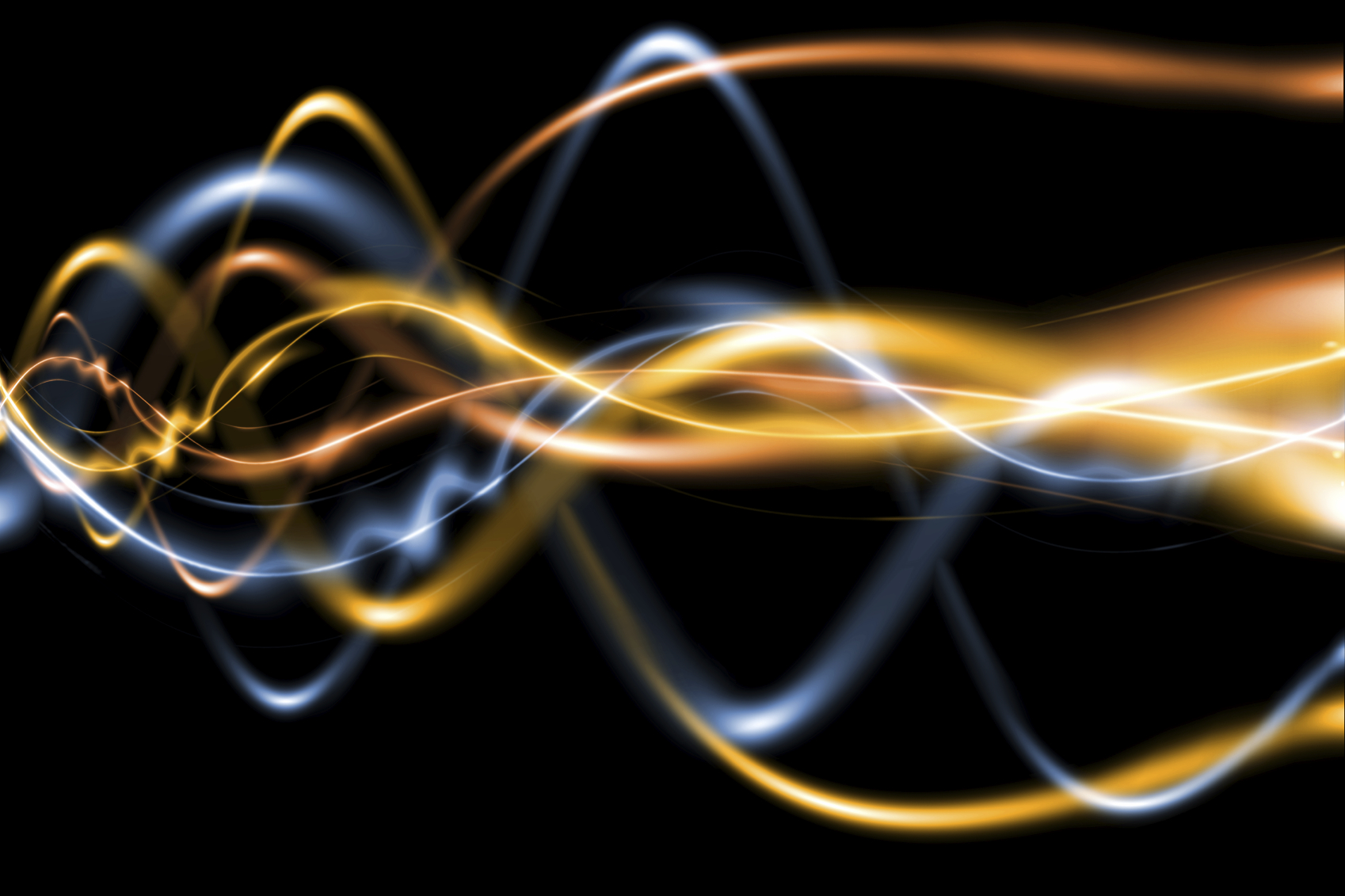
The generic term for this field of science is the study of 'modal phenomena,’ named 'Cymatics' by Hans Jenny, a Swiss medical doctor and a pioneer in this field. The word 'Cymatics' derives from the Greek 'kuma' meaning 'billow' or 'wave,' to describe the periodic effects that sound and vibration has on matter.
The apparatus employed can be simple, such as a Chladni Plate (a flat brass plate excited by a violin bow) or advanced such as the CymaScope, a laboratory instrument that makes visible the inherent geometries within sound and music.

![Reblog this post [with Zemanta]](http://img.zemanta.com/reblog_e.png?x-id=b3db6e7a-ab05-44ea-8e3a-3f6af0683909)
The similarity between cymatics images and those patterns found in nature is fascinating. Hans Jennys book goes into this in some detail {Google:- hans jenny cymatics amazon]. This site shows you how to build your own cymatics machine www.cymatics.org
ReplyDeleteneat! ill look into it :)
ReplyDeleteI just talked with John Stuart Reid over in the UK about his new cymatics research (he is one of the few people currently advancing the science of cymatics) and he told me about a project he is working on to create an alphabet for dolphins so that we can read their language using cymatics, see http://www.cymatica.com
ReplyDeletewow, that sounds amazing, ill check the link!
ReplyDeleteI have a few of these experiments on my site. I'm no John Stuart Reid, but I am building variable cymatic platforms. Some boxed in, some squares some circles. Also i'm working on a whole new musical instrument. Please let me know what you think.
ReplyDeletecymaticstoday wordpress com
I find it fascinating how sound can create such intricate patterns.
ReplyDelete